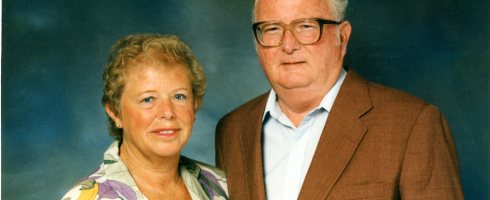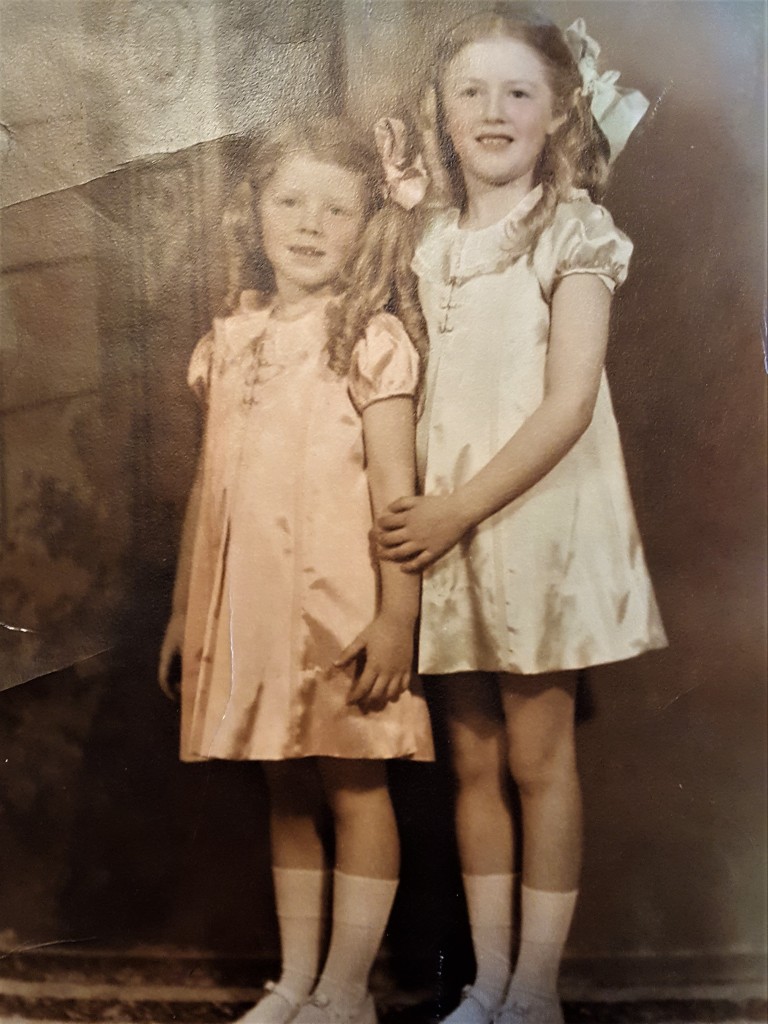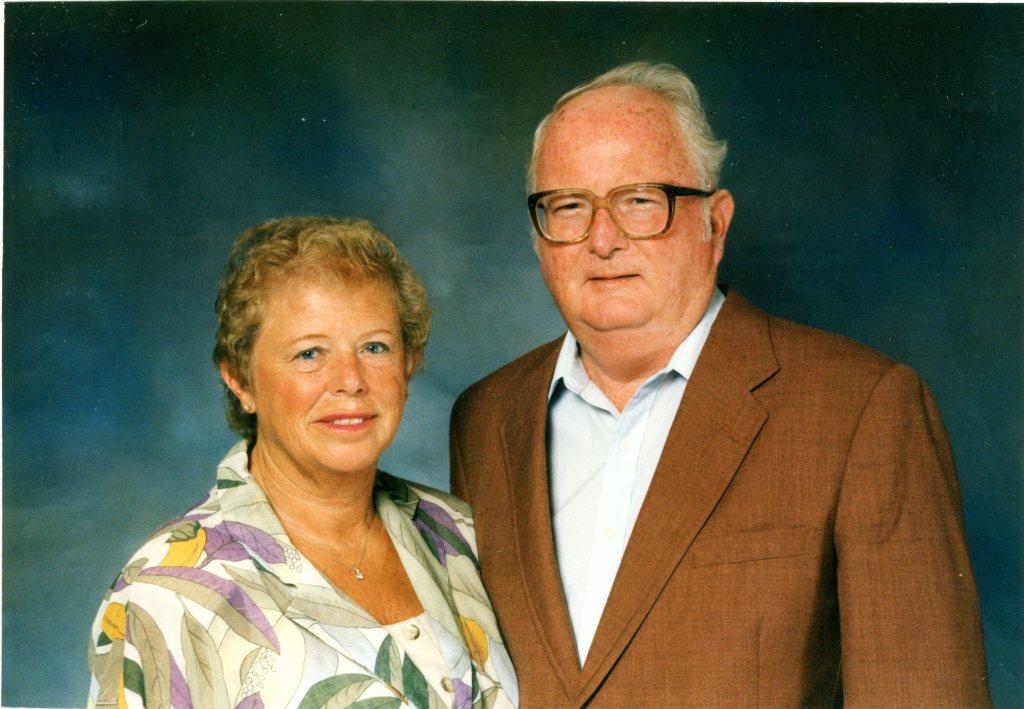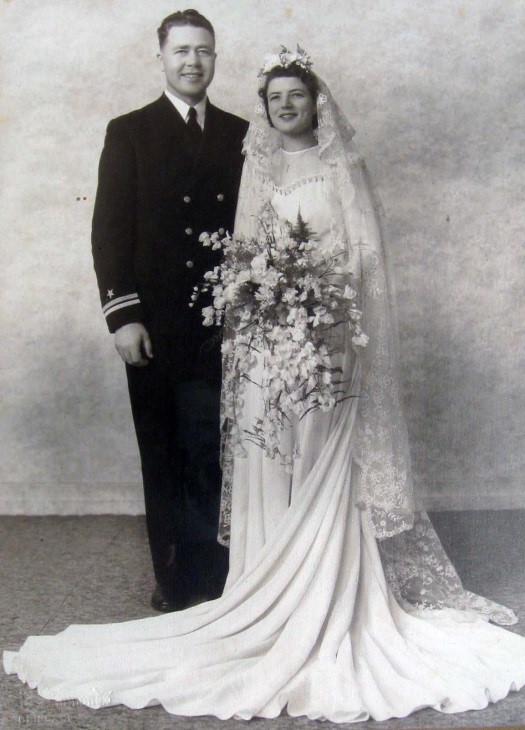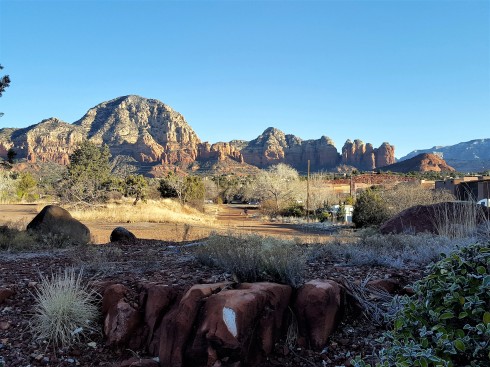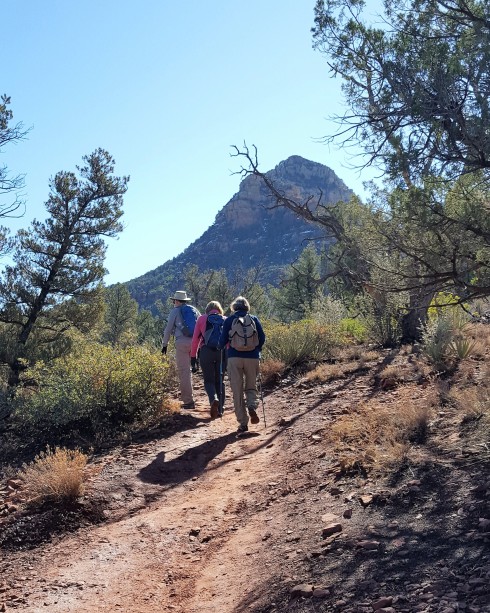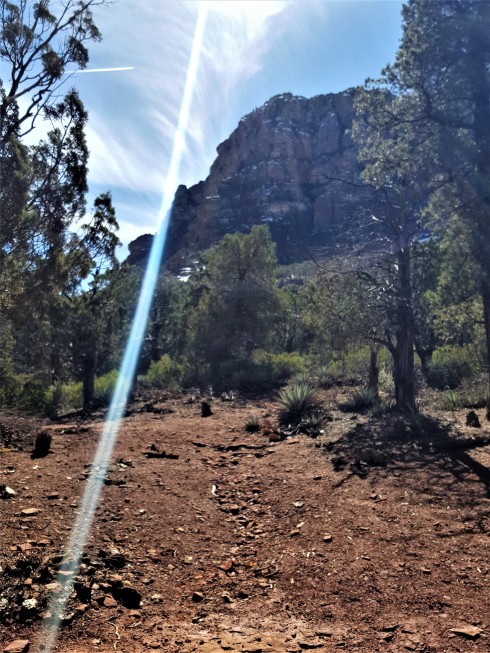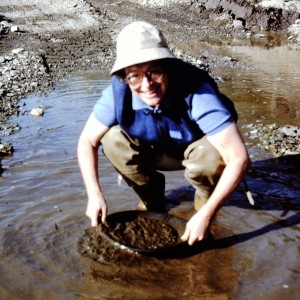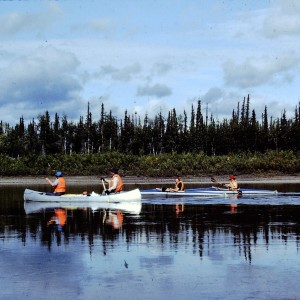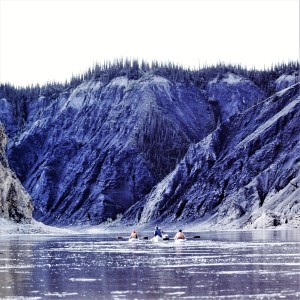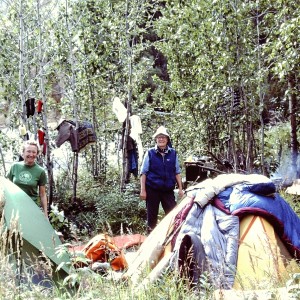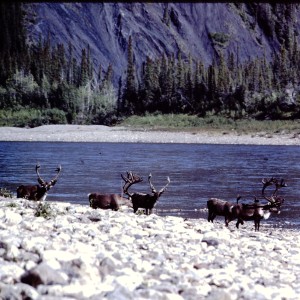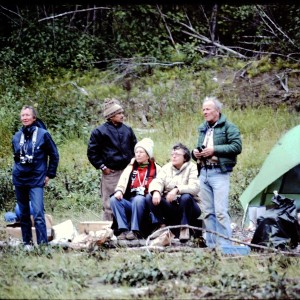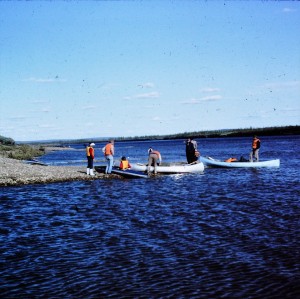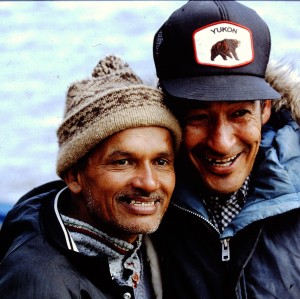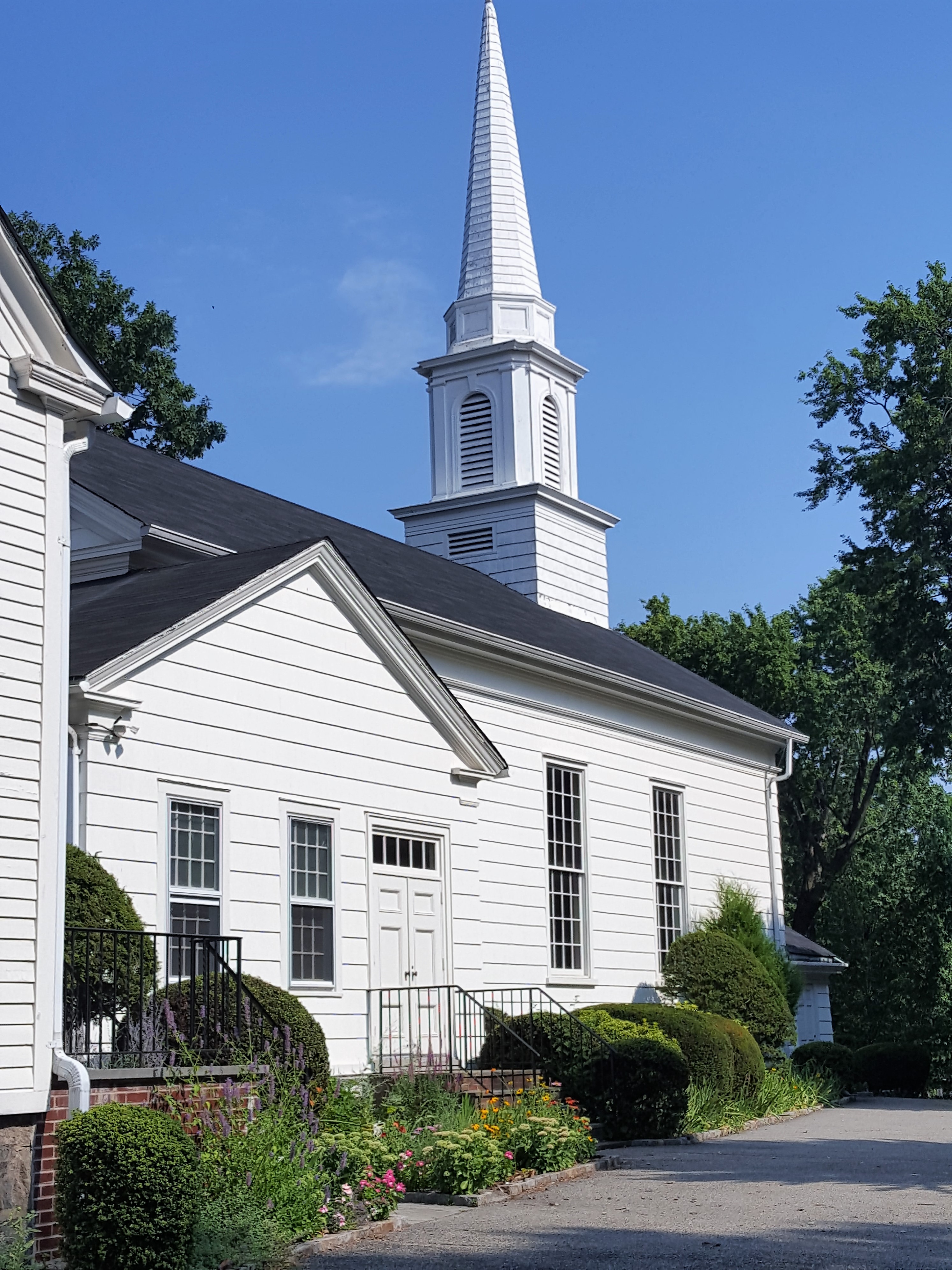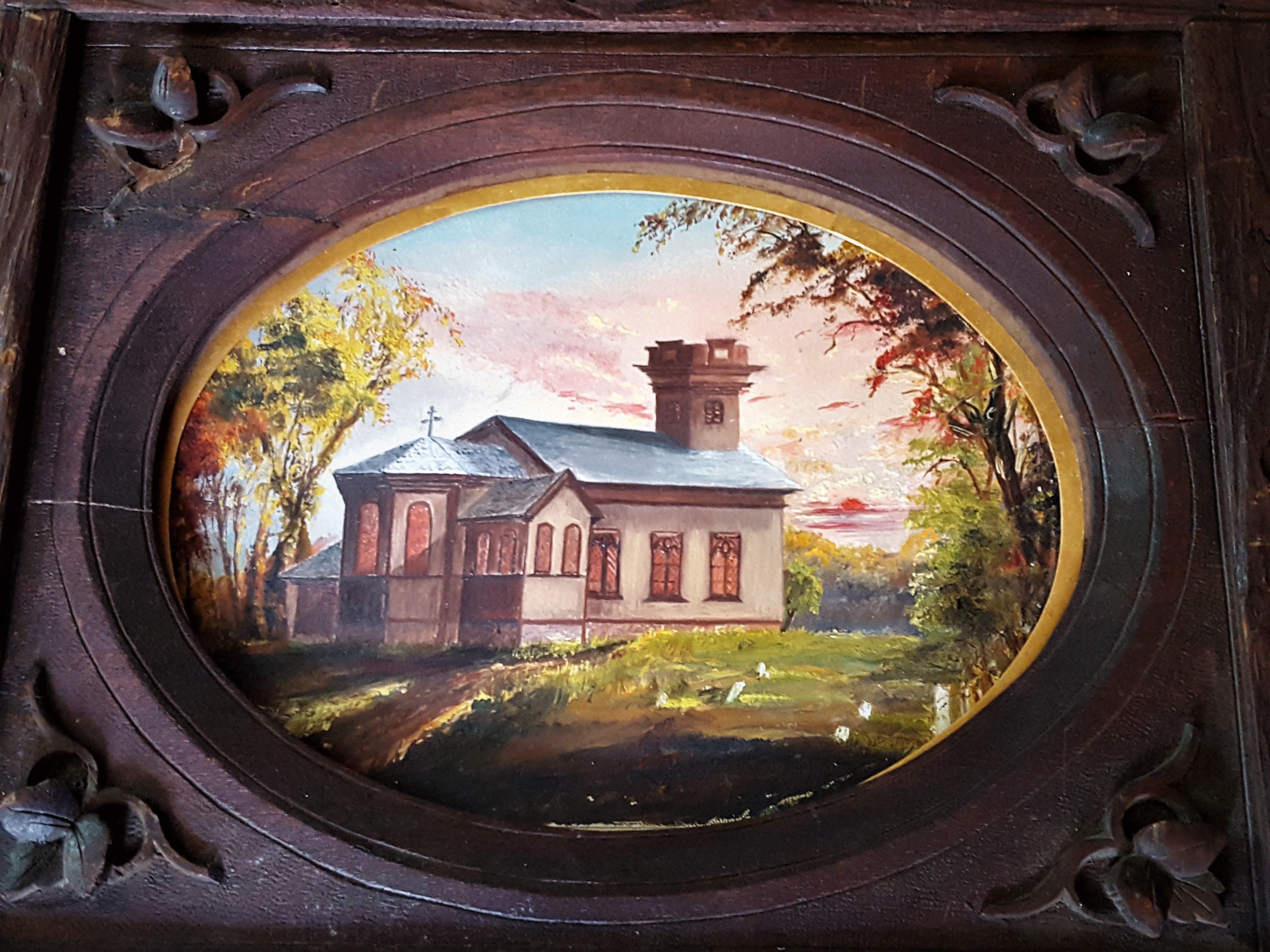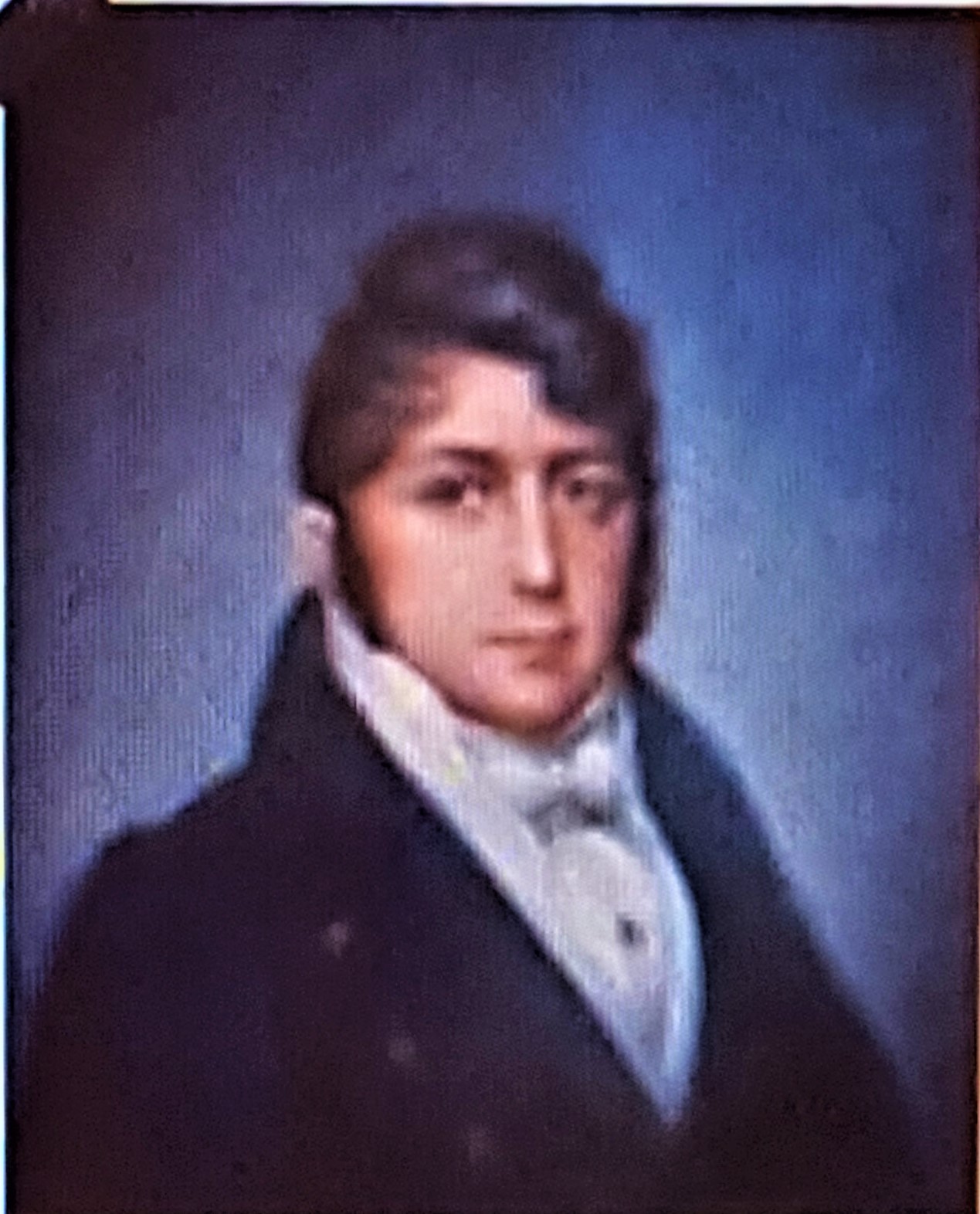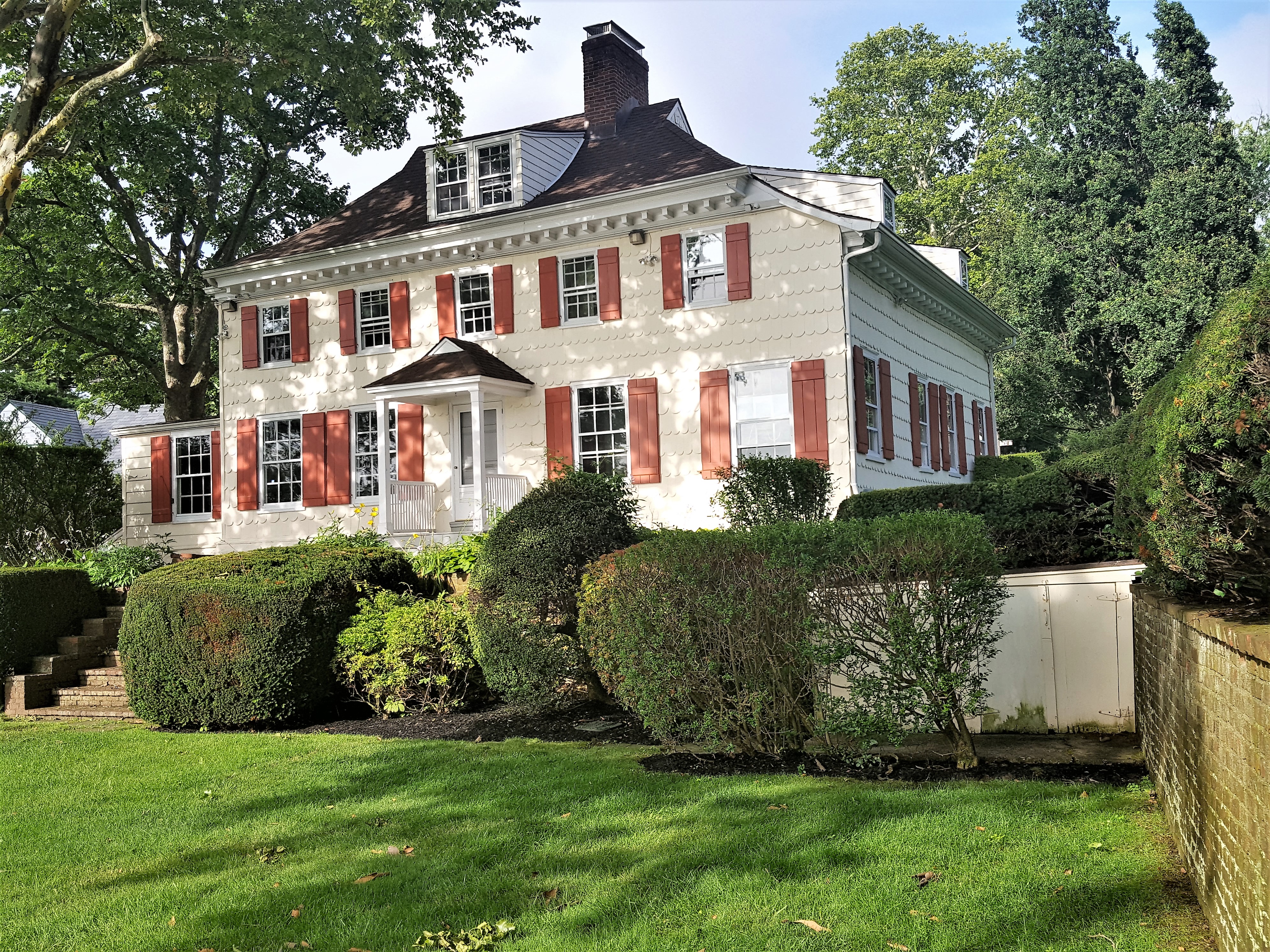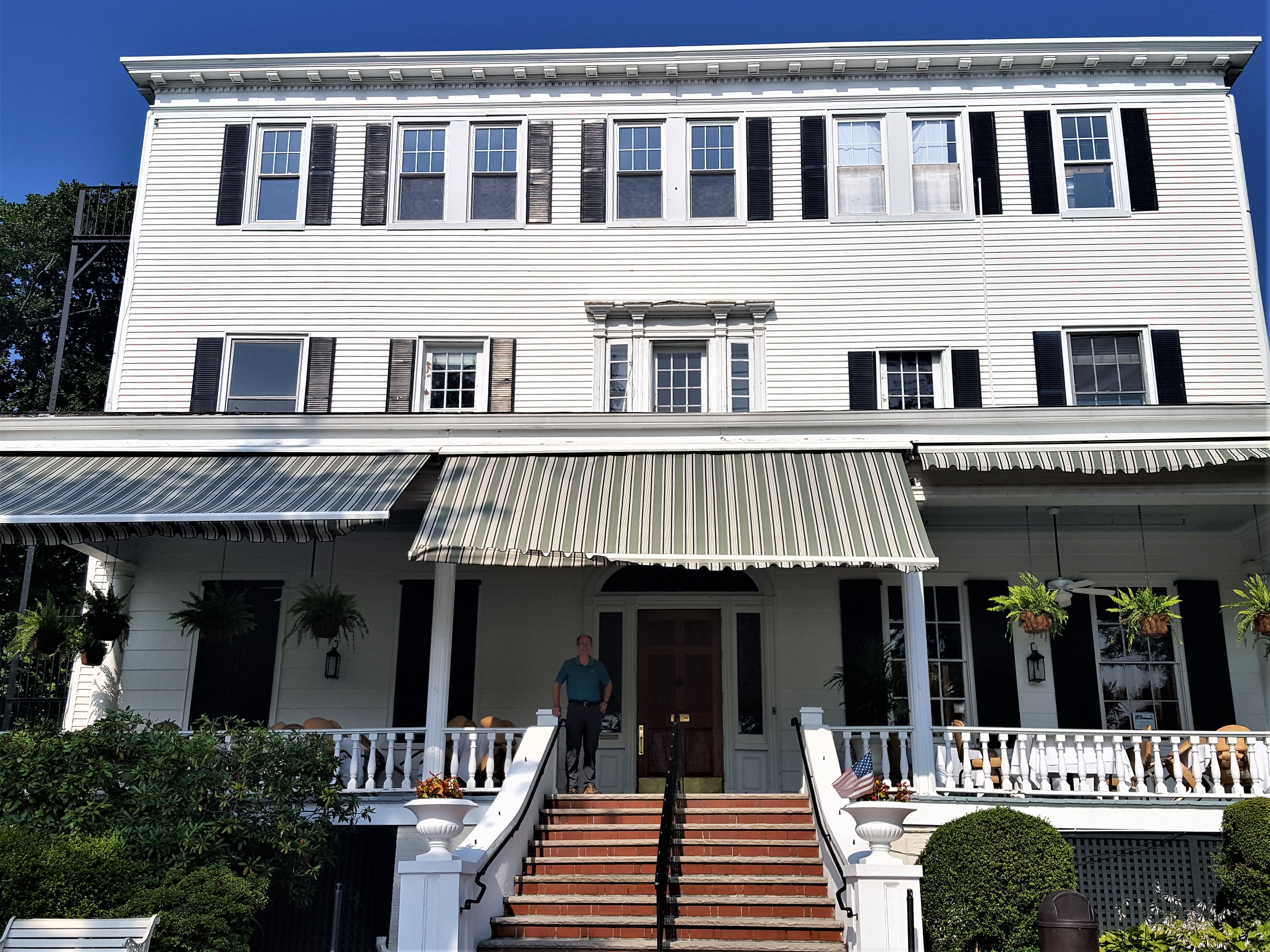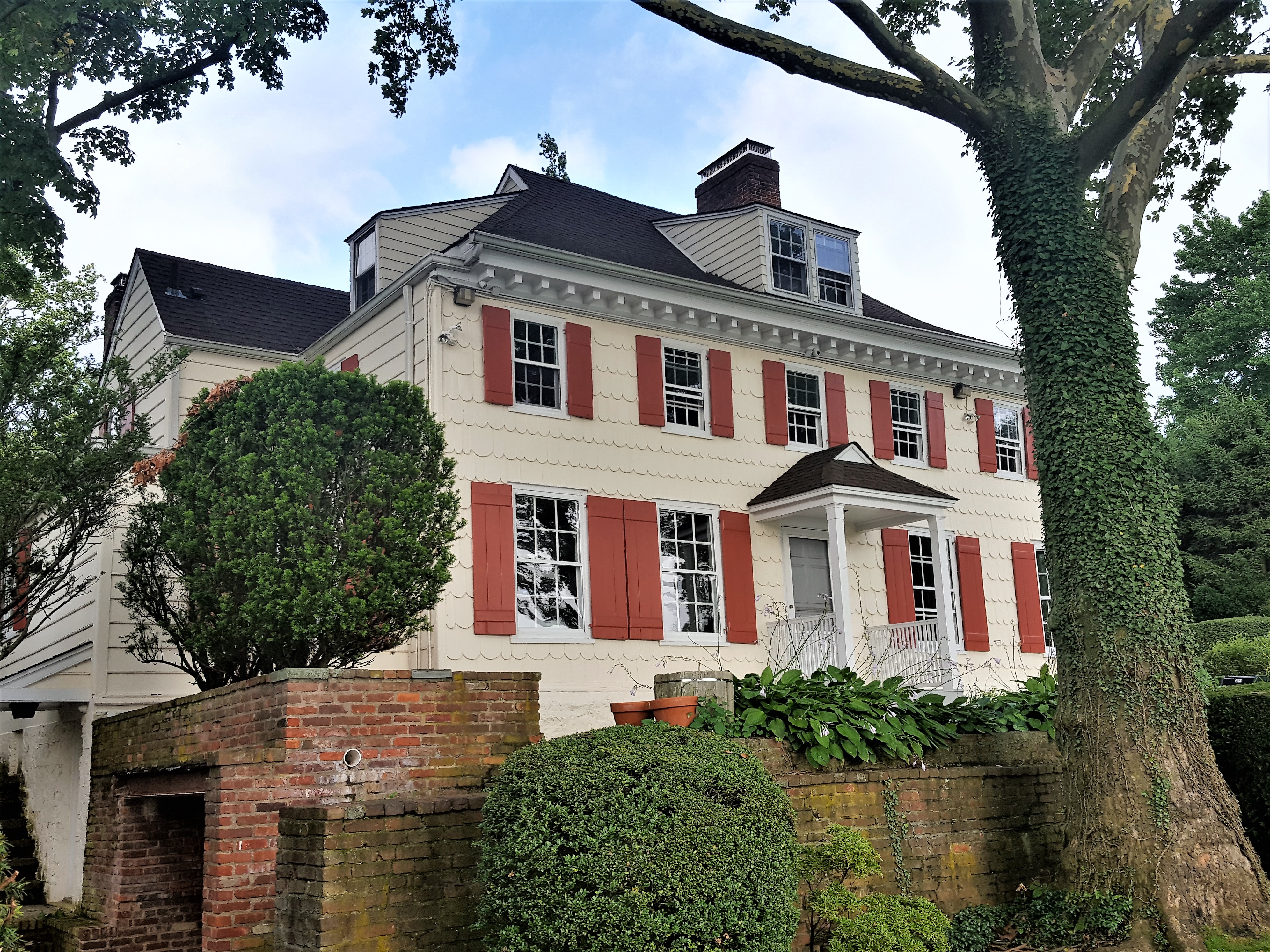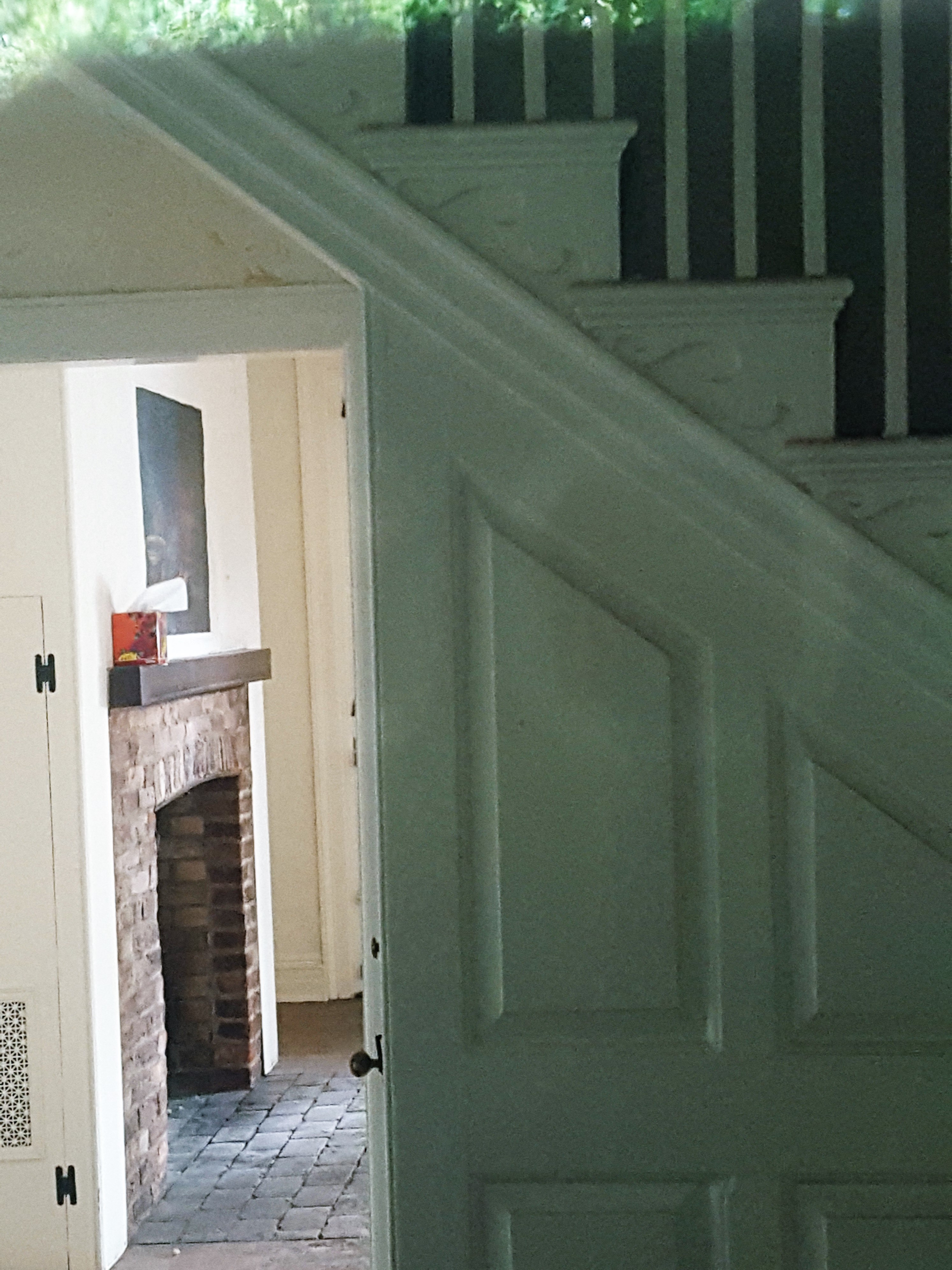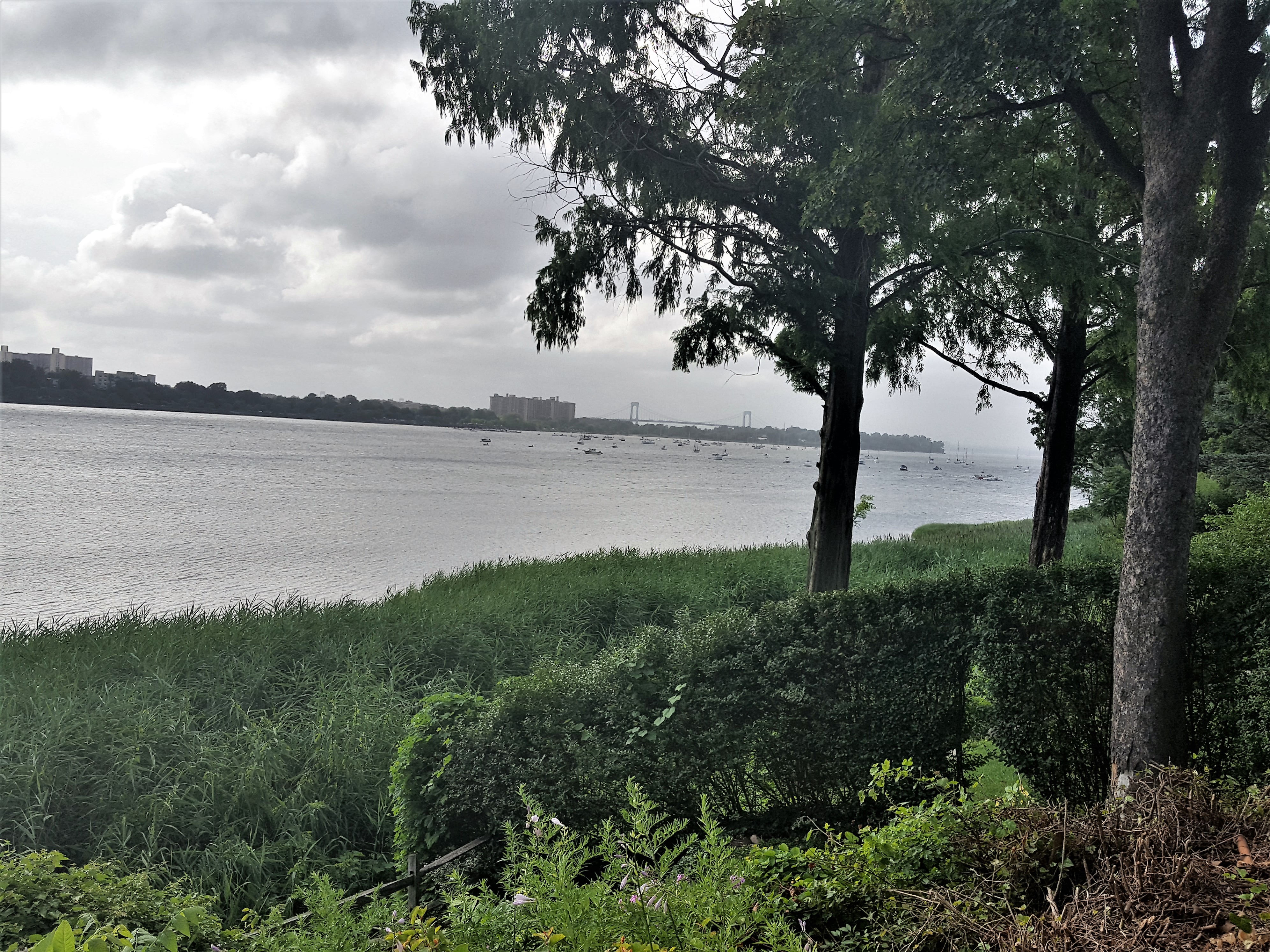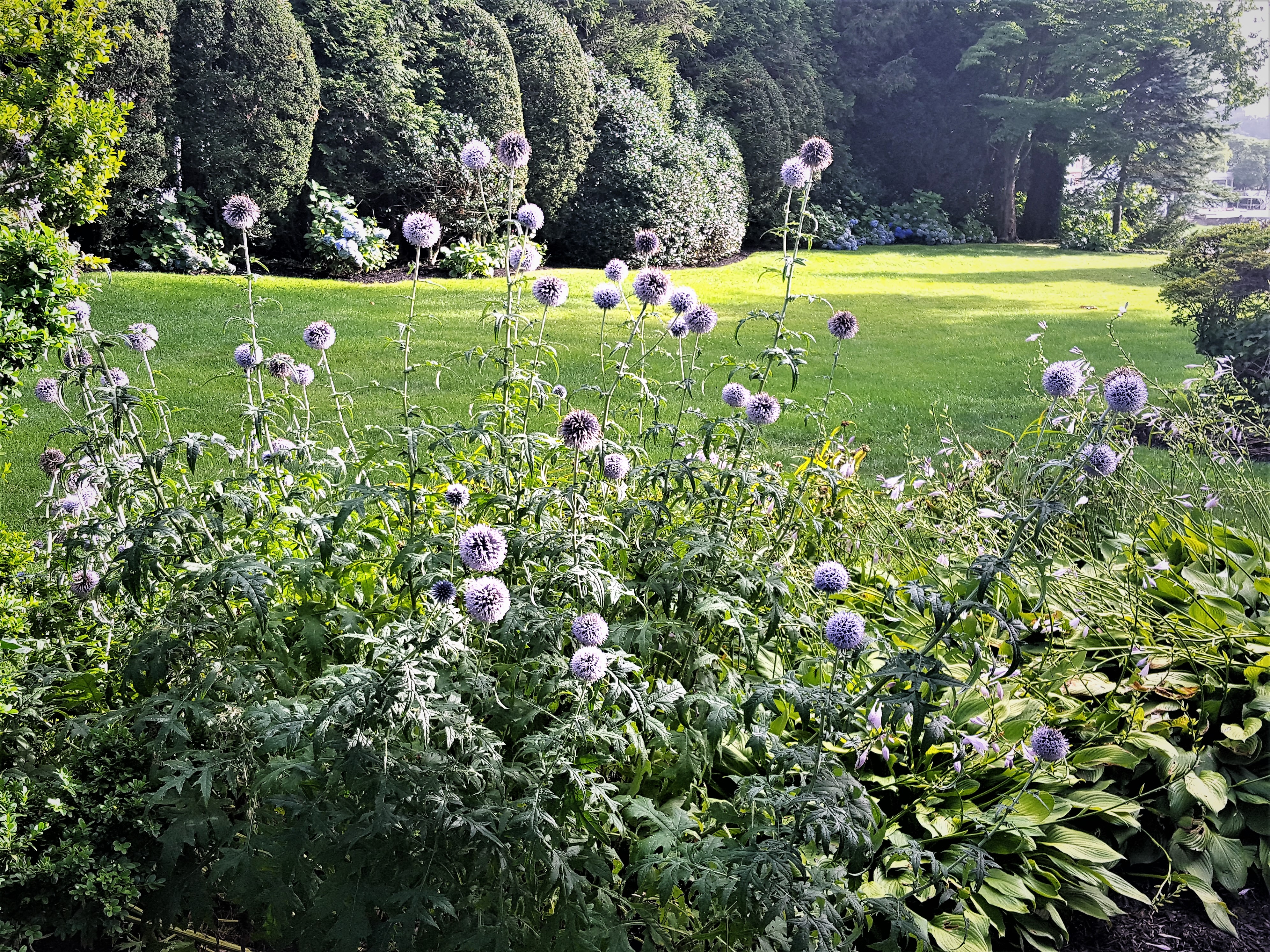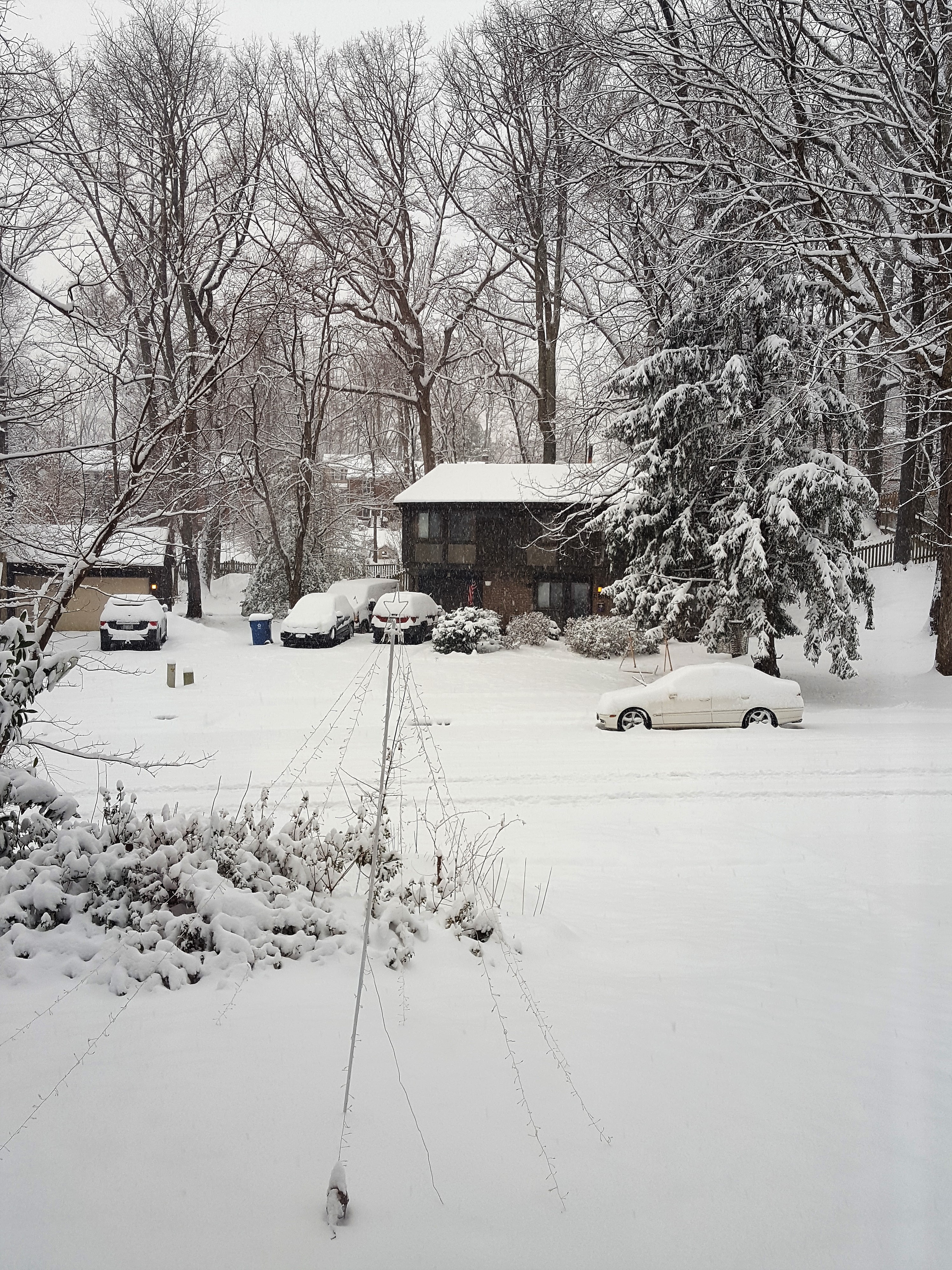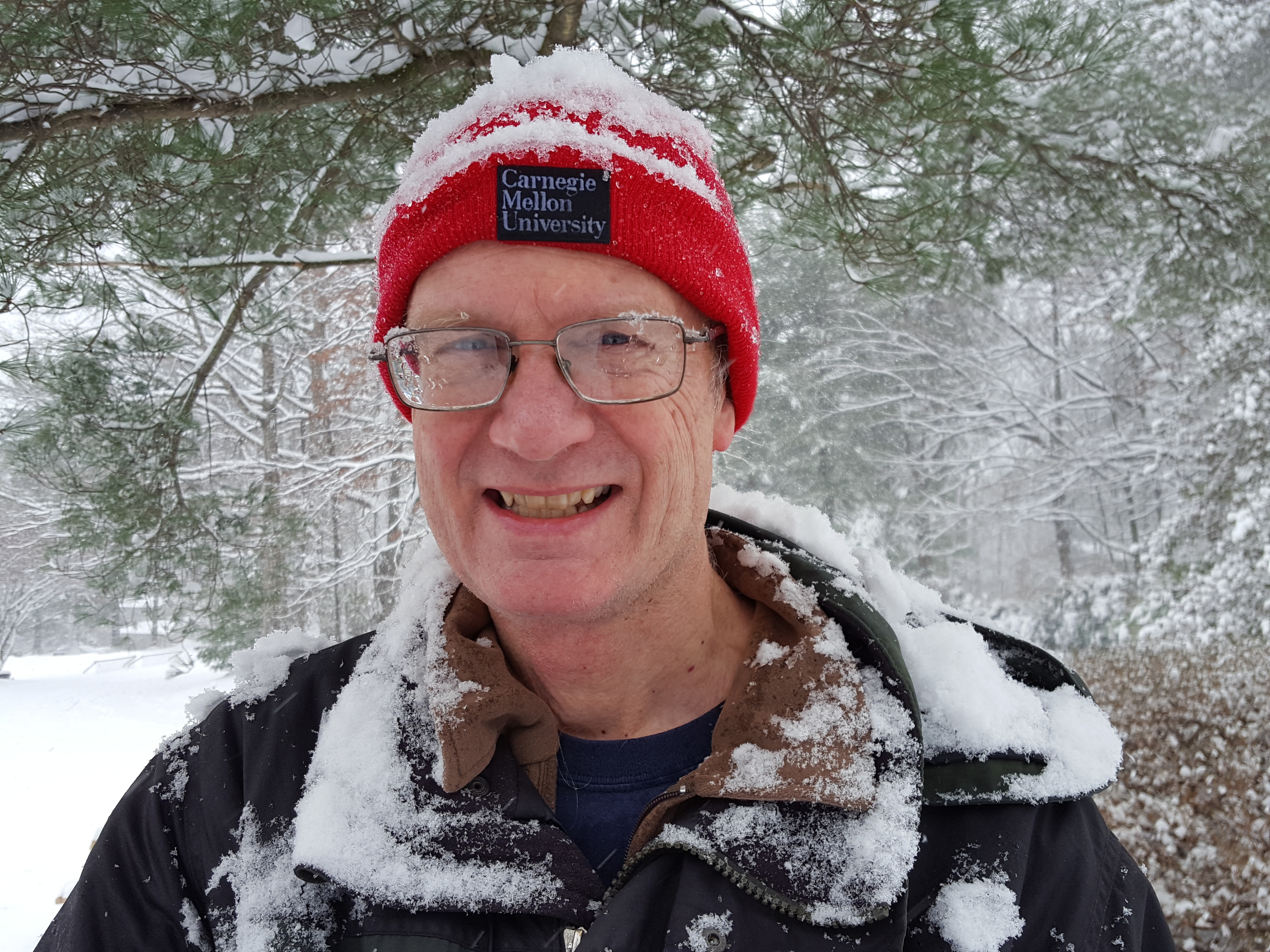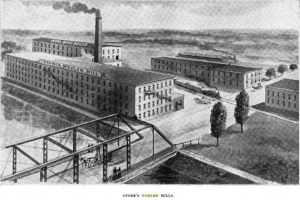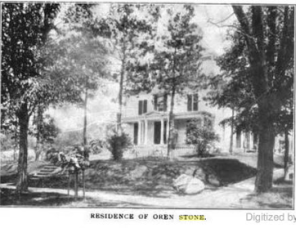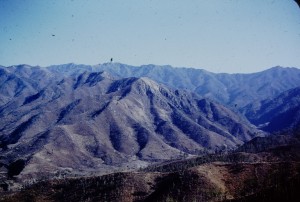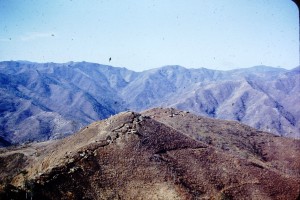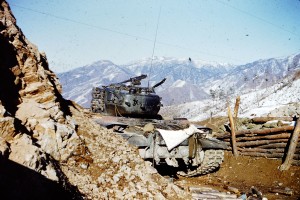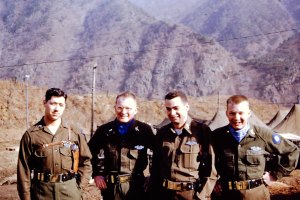– A Five Step Process
Mom and Dad loved to dance
Interviewing my parents
I first started on my path to becoming a Personal Historian / Life Story Writer when I researched and wrote a family history paper in the 8th grade. This was my first effort to record family stories from my parents. Below are five steps I’ve learned along my journey since the 8th grade.
Mom and her sister Joan
Step one – Identify questions for your interviews and record your parents’ answers. I began asking my parents about their childhood and key life events I’d heard about previously. This helped me construct a basic timeline and understanding of their earlier life, before me and my brothers came along.
Mom —
- What was it like growing in Pearl River? It was the largest hamlet in New York State. We went to visit my Grandmother Chichester every weekend. She always made a cake and let me frost it.
- What was it like moving from Pearl River to New Freedom? Well, Pearl River was a bit more cosmopolitan, since people from Pearl River commuted to and from New York City every day, and New Freedom was a small farming town in rural Pennsylvania. One day, a man came by our house with a truck full of cucumbers. He asked me, “would you like one bushel or two?” I politely, said “no thank you”, wondering why in the world would I want a bushel of cucumbers? A neighbor explained, everyone in New Freedom “cans”, or make pickles from cucumbers at this time of year.
- How did you and Dad meet?
- Tell me the story about that huge knitted Christmas Stocking you made and sent to Dad when he was in the army during the Korean War?
- What were Christmas and Thanksgiving like when you were growing up?
Dad and his brother Dwight
Dad —
- What was it like growing up in New Freedom? My parents and I moved to New Freedom from Baltimore before my brother Dwight was born. My family has been in the vegetable canning business for over 100 years. We started on the wharves of Baltimore, then later bought a canning plant in New Freedom for packing canned vegetables in the summer, eventually moving all our operations here and building a house.
- Tell me the story about burning down the large corn shock stack in the field across from your house? Some of the neighbor boys and I were playing in the field across the street from our house. My parents were away from home, my dad was down working at the canning factory. One of the boys had some matches and decided he would pretend to smoke some twisted-up corn shucks that he had lit. He dropped it and it caught a large corn shock stack on fire. We all ran and tried to bring a bucket of water, but it went up quickly. Luckily it did not catch the rest of the field on fire. My friend who started the fire ran away, so the two of us who stayed accepted the blame. We were really scared when my dad brought in the farmer to talk to us. He gave us firm but gentle scolding, “don’t do anything like this again.”
- How did you meet Mom?
- When did you learn to drive a tractor? After a heavy snow my dad would walk down to the Canning Factory, wearing boots of course, and drive a tractor, with a plow, up High Street. He would clear the snow, and then turn onto our street and plow so he could drive to work and so my mom could drive down to the grocery store. I thought my dad was very brave, and highly skilled. He also was smart enough to know that since our house was the only one on our street, it would be the last to be plowed out by the borough, regardless of the fact that he was on the Borough Council.
- What was it like to be in the Korean War?
Step two – Develop an outline. I interviewed my dad and mom in high school for another family history project. I worked off of an outline. I built upon what I had learned in junior high.
Mom, Grandma and the Chichester cousins at a reunion
Mom —
- Tell me about your parents, your grandparents, and other relatives? This led to stories about Grandma Van Zandt, Pop Pop, Grandma’s sisters, their families, and Uncle William (who lived with my Grandmother Chichester). The Van Zandts’ lived in Port Orange (now Albany), New York City, and then Little Neck (now Douglaston), NY — the Van Zandts’ were an old Dutch family. Grandma gave me a typed sheet of lined paper with the names of eight generations of Chichester ancestors. My parents started hosting Chichester Family Reunions every four years so we could get to know our Chichester cousins, most of whom lived in New York, Florida, or Michigan. My Grandfather Van Zandt had not graduated high school, but had started a very successful fuel oil company. He was a self-made man.
- What was it like to grow up in the Great Depression and during the second World War? Mom’s mother was the town chair of the American Red Cross during World War II.
Dad, a commissioned officer, served in the Korean War
Dad —
- Tell me about your parents, your grandparents, and other relatives? My Dad died young, at less than fifty years old, while my I was at an Army training camp before going to Korea. Dad was very involved in the WWII war effort. He was on the national board to plan and provide food, including canned goods from his company, to be shipped to the military around the globe. My mother, instantly, went from being a housewife to become the President of the Vegetable Canning Company while I was in Korea, and my brother was in college. My mom’s family was from Flint, MI — they were one of the founding families. Before this, they had been early settlers in Massachusetts. My dad let me look through the Stone family history book which traces his mom’s family back into the 1600s. My dad was a fourth generation Summers, working for the Vegetable Canning Company that my great-great grandfather started in 1865.
- What was it like to grow up in the Great Depression and during the second World War? Dad’s mother was the town chair of the American Red Cross during World War II. Dad also worked on an assembly line with German Prisoners of War at the canning factory during WWII.
Step three – Find photos and other artifacts that can help illustrate the family stories. I interviewed my dad and my mom in college for a third family history project. I added additional details to my outline and connected photos and artifacts to family stories. I continued to build family trees, as well as assemble documents and letters to my own family history archive.
Dad and mom sharing a laugh
Mom —
- Do you have any correspondence, or photos, or genealogy materials? She shared with me a New York Genealogical Society paper on our Van Zandt family ancestors going back to when they arrived in New Amsterdam in the 1600s. She shared her baby book showing pictures of her and her sister growing up. Later, I found a scrapbook from my mom’s mother with invitations and dance cards from the 1920s. She was a “flapper.” There was also a picture of Grandma with her team from when they won the New York State Women’s Basketball Championship).
- Later on, my Mom gave me back the stack of letters I had written to her during my time in the Peace Corps in Barbados. She also captured, and then curated, thousands of family photos into yearbooks for the 70s, 80s and 90s).
Dad’s view of his mom’s farm, where my dad worked with a farmer as a teenager
Dad —
- Do you have correspondence, photos, or genealogy materials? Dad walked me around our home and showed me family pieces of furniture that my parents had inherited from various family members over the years. He shared that his father used to refinish furniture, and then taught him how to refinish furniture, as well as how to weld or solder and how to use tools to craft useful items. My dad still has many of his father’s tools. He showed me the O-gauge train set he got as a child. We loved to watch his Korean War slides and to hear his stories. We have an old safe in the garage, which contains minutes from the annual meetings of the Canning Factory Board of Directors. We have old real estate documents from my great grandfather Stone as well.
- Later on, my Dad gave me the family stamp collections which go back four generations.
Step four – Take time during the holidays and during each visit to talk with mom and dad. Nine years ago, during the holiday season, I decided that I needed to start interviewing mom and dad again. I was developing my business plan to become a professional Personal Historian and Life Story Writer. I realized, there is no time like the present…
Dad and mom had lots of trips and adventures together after they retired
To revisit and record, I used either a digital voice recorder or the voice recorder on my smart phone, to capture my parents’ stories.
My goal was to ask questions again and get the details from all of those family stories, both from their generation and from prior generations who’d passed away.
I found I always had something to talk about with my parents, often after dinner or during breakfast. We would start talking and quietly, but in full view of them so they knew what I was doing, I would turn on my recorder.
I discovered many stories, which I thought I knew well, but needed clarification (for example, the lights in the gym dimmed when Sing Sing Prison executed prisoners – that was my mom’s story, not my Grandma’s story).
My dad told me more details about serving on the front lines during the Korean War. Also, about driving over to visit the German Prisoner of War Camp in Stewartstown as they were constructing it.
My mom told me about what her grandmother Chichester’s kitchen smelled like. Also, that she was a bit afraid of her grandfather Van Zandt, since he was a dentist and people would scream sometimes when they visited him in his home office.
During the last fourth months before my mom passed away, I would look at photo albums with her and she would tell me the stories about the people, the events, and trips that were illustrated in the albums.
Step five – If you have not already done so, get started interviewing and recording your parents and extended relatives, such as an aunt or uncle. Look at what’s in the attic, the basement, or in the boxes or file drawers which might be hidden family records or photos. There is not time like present to start taking your own steps towards collecting and recording family stories that can be shared with extended family and friends. If you need help, contact one of the members of the Life Story Writers of the Greater Washington, D.C. area.
Charles G. Summers, Jr. Vegetable Canning Plant during the 1940s
————————————————————————
Happy Holidays and good luck with finding, recording and preserving life stories.
Author – Bruce Summers
Personal Historian and Life Story Writer
+1.703.503.8834, summersbw@gmail.com
Edited by Katey Summers

